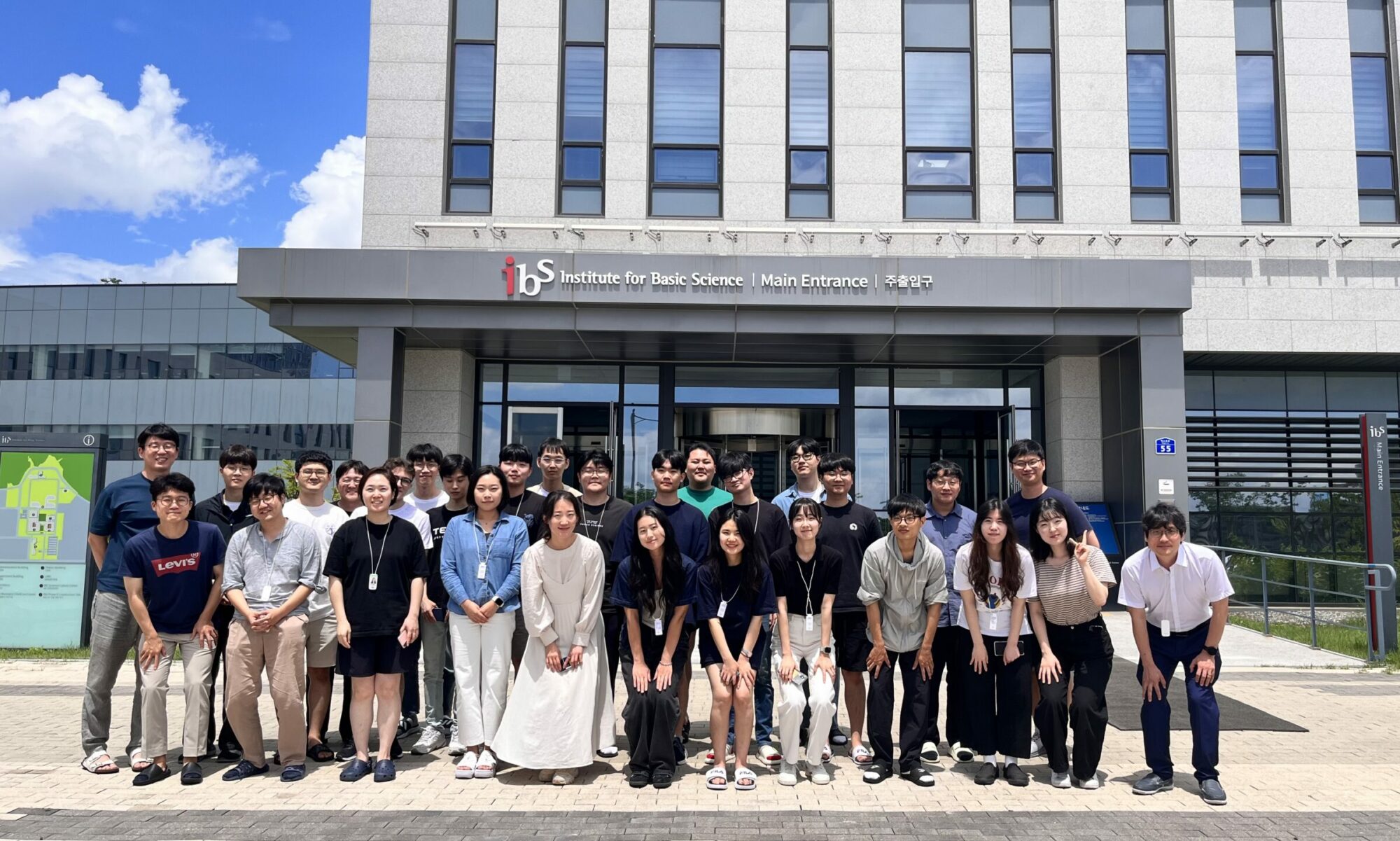Introduction to topological data analysis
ZOOM ID: 997 8258 4700 (Biomedical Mathematics Online Colloquium) (pw: 1234)This talk will be presented online. Zoom link: 997 8258 4700 (pw: 1234) Abstract: I will give an introduction to topological data analysis (TDA), in which one uses ideas from algebraic topology to study the "shape" of data. I will focus on persistent homology (PH), which is the most common approach in TDA.









